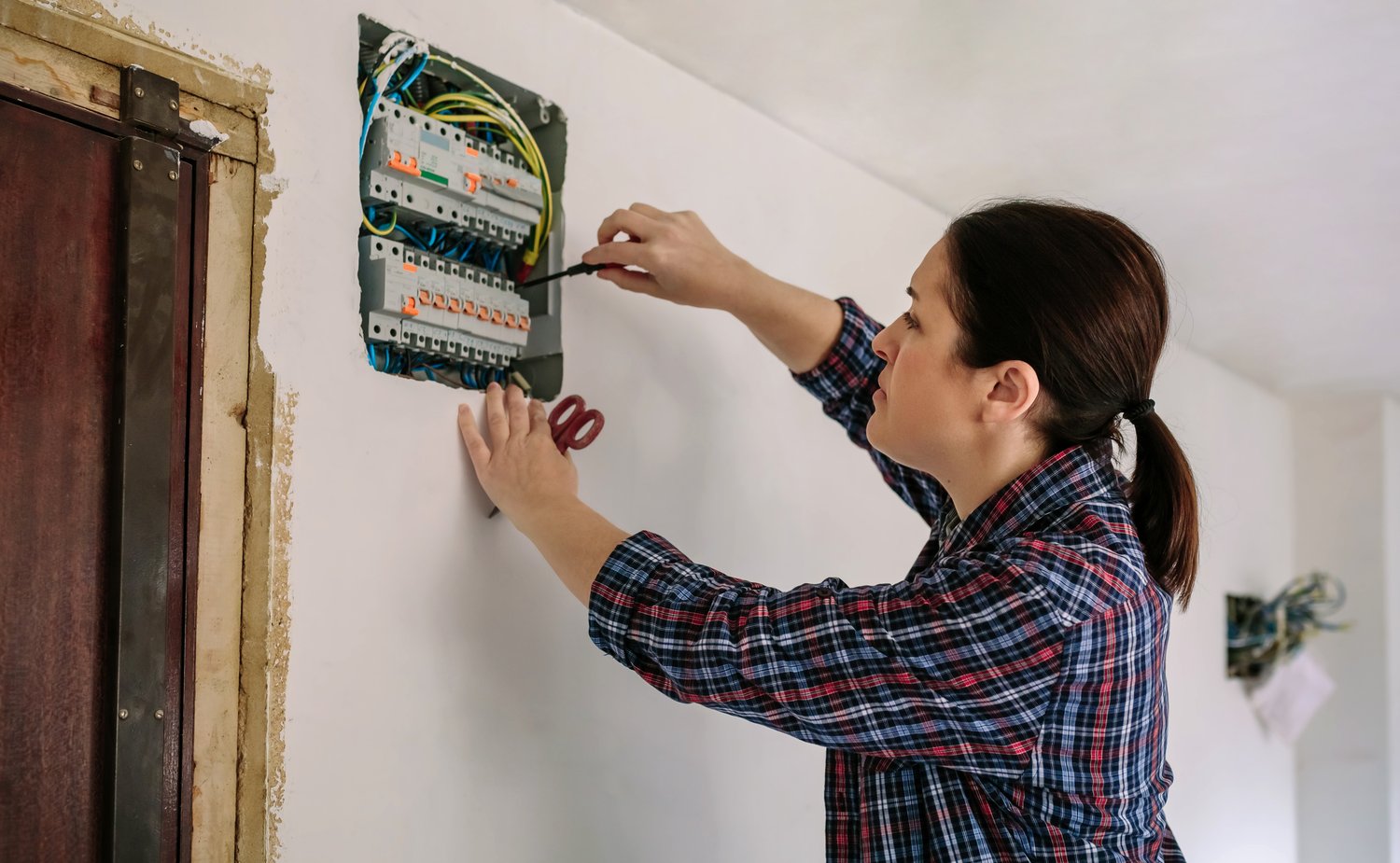Understanding installation boxes and their importance
Installation boxes are crucial components in electrical systems. They provide a safe enclosure for electrical connections and devices. These boxes come in various types, including flush-mounted boxes and floor boxes. Each type serves a specific purpose in different areas of your home or office. Installation boxes protect wiring from damage and prevent electrical hazards. They also facilitate easy access for maintenance and repairs. Proper selection and installation of these boxes ensure compliance with electrical codes and standards.
The size of installation boxes varies depending on the number and type of electrical devices they accommodate. Standard sizes range from 1-gang to 4-gang boxes. Larger boxes are available for special applications. The material used for these boxes also differs, with plastic and metal being the most common options. Plastic boxes are lightweight and corrosion-resistant, while metal boxes offer better durability and heat dissipation. Some installation boxes come with features like adjustable mounting brackets and knockouts for cable entry.
When selecting installation boxes, consider factors such as the wall material, device type, and local electrical codes. For instance, new construction typically uses nail-on boxes, while old work boxes are suitable for retrofit installations. The depth of the box is also important, especially for devices with larger components. Proper box sizing ensures adequate space for wiring and prevents overheating. Some specialty boxes include weatherproof options for outdoor use and fire-rated boxes for specific building requirements.
Installation boxes play a vital role in organizing and protecting electrical connections. They provide a clean, professional appearance to your electrical installations. These boxes also make it easier to upgrade or modify your electrical system in the future. By choosing the right installation boxes, you can ensure a safe and efficient electrical setup for your home office or entertainment area. Always consult with a licensed electrician when planning major electrical projects to ensure compliance and safety.
Exploring flush-mounted boxes for wall installations
Flush-mounted boxes are designed for concealed installations within walls or ceilings. These boxes sit flush with the surface, providing a sleek and unobtrusive appearance. They are commonly used for light switches, power outlets, and other wall-mounted devices. Flush-mounted boxes come in various depths to accommodate different wall thicknesses and device sizes. The standard depth for these boxes ranges from 1.5 to 3.5 inches, depending on the application.
One advantage of flush-mounted boxes is their versatility in different wall materials. They can be installed in drywall, masonry, or wooden structures. Some flush-mounted boxes feature adjustable mounting brackets, allowing for precise positioning during installation. This feature is particularly useful when working with uneven surfaces or non-standard wall thicknesses. Proper installation of these boxes ensures a secure fit and prevents movement or loosening over time.
When installing flush-mounted boxes, it’s important to consider the type of device and wiring requirements. Single-gang boxes are suitable for most switches and outlets, while larger boxes may be needed for dimmer switches or multi-device configurations. The box should provide enough space for wire connections and any additional components. Some flush-mounted boxes include built-in cable clamps or knockouts for easier wiring installation. Always follow manufacturer guidelines and local electrical codes when installing these boxes.
Flush-mounted boxes often come with features that enhance their functionality and ease of use. Some models include level indicators to ensure proper alignment during installation. Others have removable sides for joining multiple boxes together in larger installations. Certain flush-mounted boxes are designed with fire-resistant properties, meeting specific building code requirements. When selecting these boxes, consider factors such as device compatibility, wall material, and any special features that may benefit your specific installation needs.
Proper sealing of flush-mounted boxes is crucial for energy efficiency and safety. Use appropriate gaskets or sealants to prevent air leakage around the box, especially in exterior walls. This helps maintain the integrity of your home’s insulation and vapor barrier. Some flush-mounted boxes come with pre-installed gaskets for this purpose. Regular inspection of these boxes ensures they remain secure and properly sealed over time. If you notice any issues with your flush-mounted boxes, such as looseness or damage, consult a professional electrician for assessment and repair.
Utilizing floor boxes for convenient power access
Floor boxes provide a practical solution for power and data access in open spaces. These boxes are installed directly into the floor, offering convenient connectivity without obstructing walkways. Floor boxes are particularly useful in large rooms, conference areas, and open-plan offices. They come in various sizes and configurations to accommodate different types of outlets and connections. Standard floor boxes typically measure between 4 and 12 inches in diameter, with depths ranging from 3 to 6 inches.
One key advantage of floor boxes is their ability to blend seamlessly with the flooring material. Many models feature adjustable covers that can be matched to the surrounding floor finish. This allows for a discreet installation that doesn’t compromise the room’s aesthetics. Some floor boxes offer water-resistant or even waterproof designs, making them suitable for areas prone to spills or moisture. When selecting floor boxes, consider factors such as load capacity, cable management features, and compatibility with your specific flooring type.
Installation of floor boxes requires careful planning and execution. The process typically involves cutting an opening in the floor, securing the box, and running conduit for wiring. It’s crucial to consider the structural integrity of the floor and any underfloor systems when installing these boxes. Some floor boxes are designed for use with raised access flooring, while others are suitable for concrete or wooden subfloors. Always consult with a professional installer to ensure proper placement and installation of floor boxes.
Floor boxes offer flexibility in terms of power and data configurations. Many models provide compartments for both electrical outlets and low-voltage connections such as Ethernet or audio/video ports. This versatility makes floor boxes ideal for modern workspaces and multimedia environments. Some advanced floor boxes include features like pop-up outlets or motorized covers for easy access. When planning your floor box layout, consider the current and future needs of the space to ensure adequate connectivity options.
Maintenance of floor boxes is essential for their longevity and safety. Regular cleaning of the box interior and cover prevents debris accumulation and ensures smooth operation. Check the seals and gaskets periodically to maintain water resistance where applicable. If you notice any issues with your floor boxes, such as loose connections or damaged covers, address them promptly to prevent potential hazards. Proper care and maintenance of floor boxes ensure reliable and safe power access for years to come.
Optimizing your home office and entertainment setup
Creating an efficient home office and entertainment area requires careful planning of your electrical setup. Proper placement of power outlets and data connections is crucial for a functional workspace. Consider the layout of your furniture and equipment when deciding on outlet locations. A typical home office might require 6-8 power outlets, while an entertainment center could need 8-10 outlets for various devices. Use a combination of wall-mounted and floor-mounted outlets to maximize flexibility.
Cable management is a key aspect of a well-organized Home office and RTV equipments setup. Utilize cable raceways, cord covers, and in-wall cable management systems to keep wires tidy and out of sight. This not only improves the aesthetic appeal but also reduces tripping hazards. Consider installing a dedicated circuit for high-power devices like computers or audio equipment. This helps prevent overloading and ensures stable power supply. A typical dedicated circuit for a home office might be 20 amps, while a home theater system could require a 30-amp circuit.
Lighting plays a crucial role in both home office and entertainment spaces. Install dimmer switches to control ambient lighting for different activities. Consider task lighting for work areas and accent lighting for entertainment zones. LED lighting offers energy efficiency and versatility. Plan for proper placement of light switches and consider smart lighting options for convenient control. A well-designed lighting plan can significantly enhance the functionality and comfort of your space.
Incorporating smart home technology can greatly enhance your home office and entertainment setup. Consider installing smart outlets and switches for remote control and energy monitoring. Automated window treatments can help manage natural light and privacy. Smart thermostats allow for precise climate control, ensuring comfort during work hours or movie nights. When planning your smart home integration, consider compatibility with your existing devices and future expandability.
Don’t forget about audio and video connectivity in your setup. Plan for proper placement of speakers and consider in-wall or ceiling-mounted options for a clean look. Install HDMI and Ethernet ports in convenient locations for easy connectivity. Consider a centralized media hub for managing multiple devices. Proper planning of your audio-visual setup ensures an immersive experience for both work and entertainment purposes. Remember to leave room for future upgrades and expansions in your electrical and connectivity planning.





